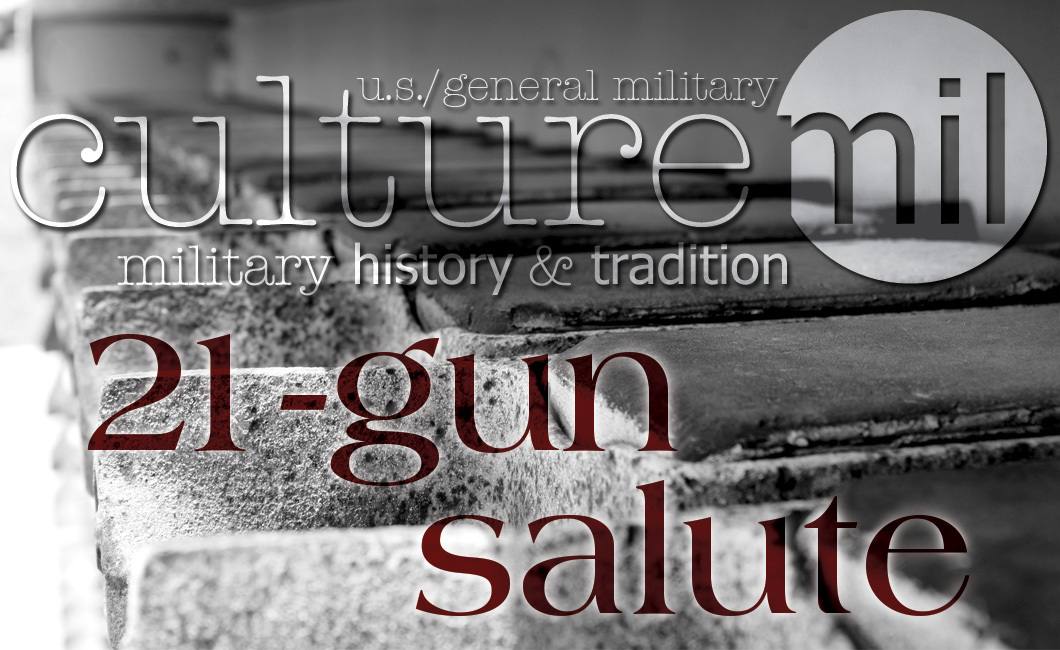- The national flag
- The United States President, ex-President and President-elect, including noon of the day of the a President's, ex-President's and President-elect's funeral
- Other military and civilian leaders of the United States and other nations
- The sovereign or chief of state of a foreign nation
- A member of a reigning royal family
- https://history.army.mil/html/faq/salute.html
- https://www.veteransunited.com/spouse/a-final-salute-know-the-symbolism-behind-military-funerals/
- https://www.thebalancecareers.com/what-do-the-three-bullets-represent-in-military-funerals-3357017
- https://www.va.gov/opa/publications/celebrate/gunsalute.pdf
Written by Jenifer Chrisman on March 27, 2019.
"To be able to live each day with honor, respect and dignity is the greatest achievement of all."
- Dr. Roopleen
Tracing its history back to early warriors demonstrating peaceful intentions by positioning their weapons in a way that rendered them ineffective, military gun salutes originated in the 14th century with the use of cannons and large firearms.
Warships originally fired a 7-gun salute as early gunpowder, mainly composed of sodium nitrate, was easily spoiled at sea. Although the exact reasoning for the number seven is unknown, it likely has either biblical or astrological significance.
With their greater supply of gunpowder, which was easier to keep dry and cool on land, land batteries fired three rounds per shot fired afloat, for a total of twenty one. As gunpowder quality improved, ships at sea began using a 21-gun salute as well.
Although the 21-gun salute became the highest rendered honor, customs among maritime powers were confusing. Agreement was eventually reached on this international salute; however, the United States did not agree with its procedure until August of 1875.
For the United States, this salute has changed considerably over the years. In 1810, the War Department defined the "national salute" as equal to the number of states in the Union. All military installations fired this salute on Independence Day at 1:00 p.m.; eventually it was switched to noon. The salute, equal to the number of states, also was fired whenever the President visited an installation. Redesignated in 1842, the 21-gun salute was formally established as the Presidential Salute and became the national salute in 1890.
The 21-gun salute is often confused with the three-volley salute seen at military funerals. The 21-gun salute is fired from large-caliber weapons such as cannons, whereas the three-volley salute generally uses rifles. Military funeral honors are three volleys fired by an honor guard, a tradition which stemmed from battle ceasefires and indicated the dead were cleared and properly cared for.
Today, this long-standing military tradition is used to honor:
While this salute has changed customs and practices over the years, it has always stood as a universal sign of respect. And although the number of shots fired has changed, aside from the "Salute of the Union," equal to the number of states, these types of salutes are nearly always in odd numbers, as, according to old naval superstition, even numbers are unlucky.
Sources:



